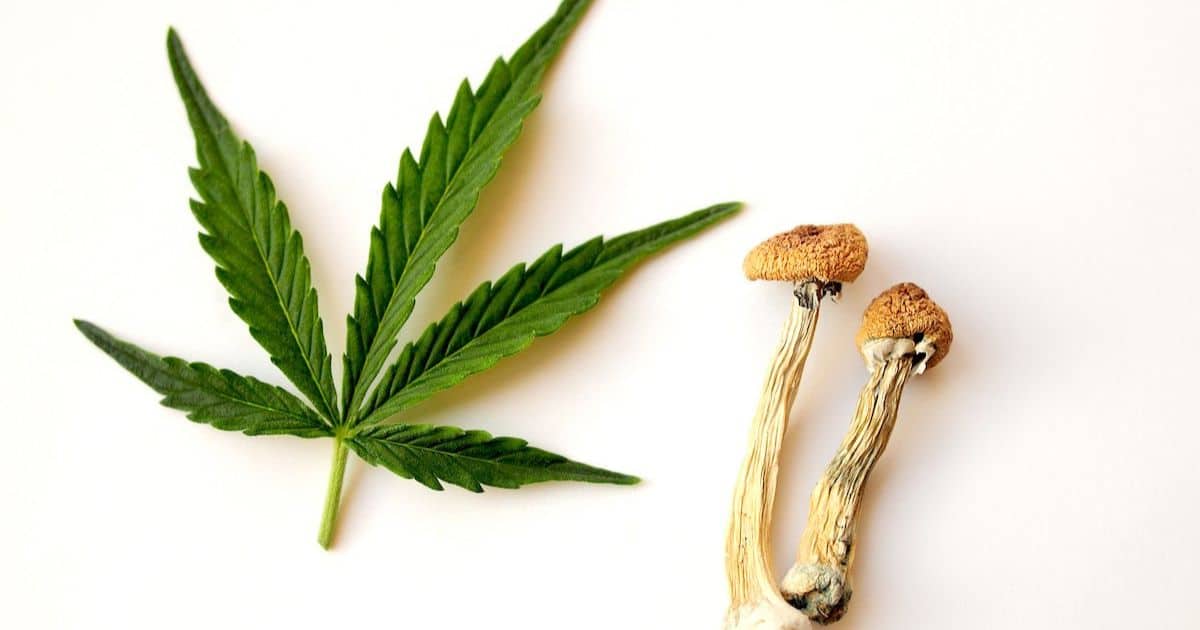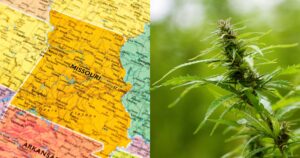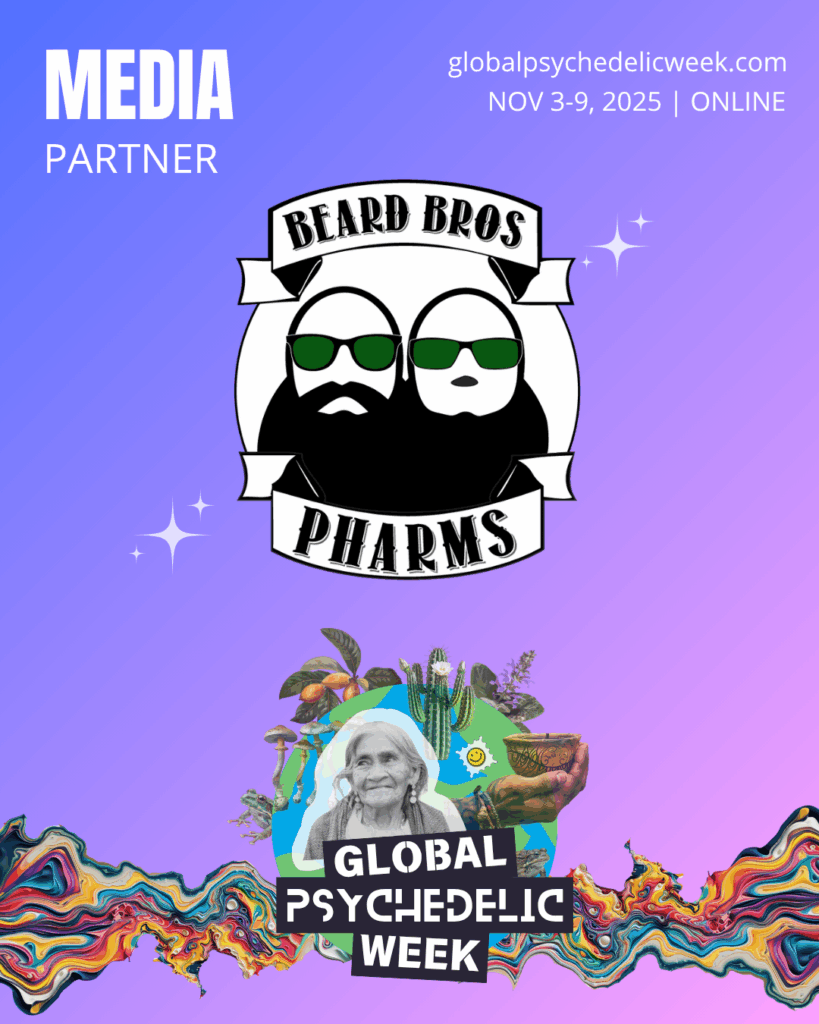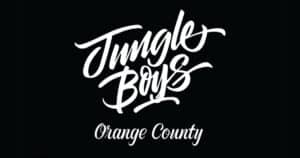A study from the National Institutes of Health (NIH) Monitoring the Future survey has found that past-year and daily cannabis use among adults 19-30 years old is at the highest levels ever recorded by the agency. The study also suggests that increasing numbers of young adults are leaning into cannabis and psychedelics, while alcohol use is decreasing in this age group.
The survey results indicate that the growing trend of leaning into cannabis and psychedelics has been seen over decades and across development, from adolescence through adulthood. It appears that behaviors and public perception of drug use can shift rapidly, depending on drug availability and other factors.
Could it be that the increased education, normalization, and acceptance of both cannabis and psychedelic use over recent years may be factors driving these changes in drug use among young adults? As more studies are conducted on the effects of these substances, it will be interesting to see how public perception changes over time.
Rising Numbers of Cannabis and Psychedelic Use in Young Adults
The NIH 2022 Monitoring the Future survey found that past-year and daily cannabis use among adults 19-30 years old is at the highest levels ever recorded by the agency. The survey found 44% of the age group consumed cannabis in the past year, while 11% consumed cannabis daily. Comparatively, past-year cannabis use among 19- to 30-year-olds was 35% in 2017 and 28% in 2012, while daily cannabis use among them was 8% in 2017 and 6% in 2012.
In addition to increasing rates of cannabis use, adults aged 19-30 also reported an increase in past-year use of hallucinogens from 5% reported in 2017 to 8% reported in 2022. The hallucinogens reported by participants included LSD, MDMA, mescaline, peyote, psilocybin mushrooms, and PCP. Most of past-year use in 2022 reported by adults in this age group involved hallucinogens other than LSD (7% in 2022).
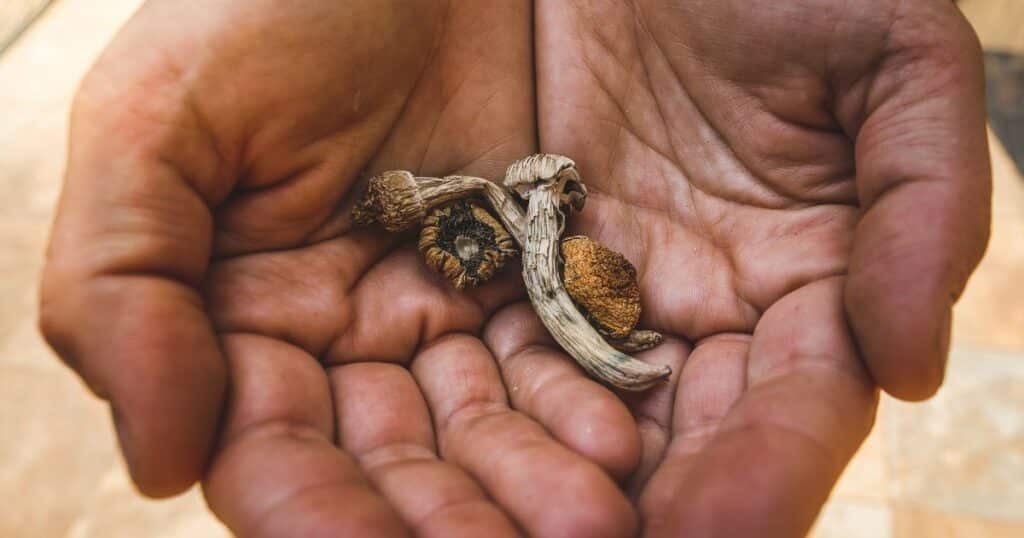
Past-year hallucinogen use also reached historically high prevalence among adults 35 to 50 years old, reported by 4% in 2022. In 2021, the share was 2%; five and ten years ago, the percentage was no greater than 1%. This suggests an increasing trend of adults leaning into psychedelics more widely than before.
Decreasing Numbers for Alcohol in Young Adults In Binge Drinking
The survey also found that alcohol use – including past-month, daily, and binge drinking – has declined for adults 19 to 30. Past-year drinking among this age group increased slightly from 82% in 2017 to 84% in 2022. This shows that maybe more people as a whole, percentage-wise, but are drinking less frequently than they were 5 to 10 years ago. Does this suggest that the trend of decreasing daily or monthly alcohol use among young adults is continuing, possibly due to increased knowledge about health risks associated with drinking and the changing social norms related to cannabis/psychedelic use?

On the other hand, the survey also found that alcohol use among adults aged 35 to 50 has gradually increased over the past ten years, with past-year drinking rising from 83% in 2012 to 85% in 2022. Binge drinking in this older group reached its highest levels (29% in 2022) and increased over the past year, five years, and ten years (26% in 2021, 25% in 2017, 23% in 2012).
This suggests that while young adults increasingly choose cannabis and psychedelics over alcohol, adults aged 35-50 may be turning to alcohol for recreational use. This is possibly due to the increased acceptance of cannabis and psychedelics in recent years, leading to young adults feeling more comfortable experimenting with these substances.
As attitudes towards drug use continue to shift and more research is conducted on the effects of cannabis and psychedelics, it will be interesting to see how public perception changes over time. The trend of leaning into cannabis and psychedelics may continue to grow in prevalence among adults of all ages.
Reasons for Changes: Education, Normalization, and Acceptance
The NIH report we believe suggests that increased education, normalization, and acceptance of both cannabis and psychedelics may be factors driving the changes in drug use among young adults. Studies have shown that education about the potential risks associated with drug use can reduce stigma and increase openness to experimentation.
As public opinion shifts and laws become more lax, young adults may feel more comfortable experimenting with these substances. The continued acceptance of cannabis and psychedelics appears to be linked to the growth in medical research on these substances, which is helping to debunk old myths about their safety and potential benefits. This increased knowledge could lead to increased experimentation among all age groups.
Finally, the mainstreaming of cannabis and psychedelics may be due to their growing popularity within popular culture. In recent years, celebrities have come out supporting both substances, helping to normalize them and reduce stigma. This could also be leading to more young adults turning to these substances as a recreational option.
Overall, it appears that attitudes towards drug use are changing quickly, and public perception is shifting to be more open-minded. As education about the potential benefits of cannabis and psychedelics continues to grow, this trend will likely continue.
Keep updated on all the latest news and updates in the Cannabis industry here at Beard Bros Pharms by signing up for our Friday Sesh Newsletter here. Always Dank and Never Spam!
- Trial Begins for Ex-Rohnert Park Officer Accused of Corruption, Highlighting Failures in Cannabis Law Enforcement
- From Los Angeles to Berlin: How U.S. Cannabis Growers Can Lead in Europe — with Germany as the Launchpad
- Federal Judge Upholds Gun Ban for Cannabis Users Despite State Legalization
- Czech Republic Takes Historic Step Toward Cannabis Reform
- Case Study: Financial Litigation Support for a Cannabis Business
- Oregon’s Ryan’s Law Bill Stalls Again, Advocates Vow to Continue the Fight


